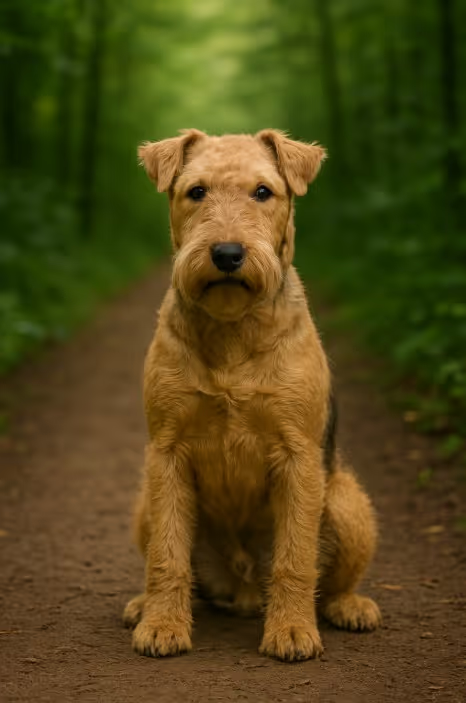The Lakeland Terrier is a compact, courageous earthdog—game, witty, and highly portable. Great for active owners who enjoy training, hiking, and low‑shed grooming via hand‑stripping.

From England’s Lake District, the Lakeland worked as a fox and vermin hunter across rugged fells—related to the Border and Welsh Terriers. Recognized by major kennel clubs, it’s prized for courage, comedy, and a weatherproof coat.
Balanced and true to type with hallmark features.
Best presented with hand‑stripping; clipping softens texture.
High terrier drive—needs outlets and structure.
Bright and independent—keep sessions upbeat and purposeful.
Balanced diet for a small athlete.
Generally robust; work with breeders who screen for patellas and eyes.
Seek terrier‑savvy breeders or consider terrier rescues.
Do Lakelands shed?
Low—hand‑stripping removes dead hair with minimal shed.
Apartment‑friendly?
Yes—with daily exercise and training.
How trainable?
High with upbeat, structured methods.
Good with kids?
Often great; supervise and channel terrier exuberance.
Hypoallergenic?
No—low shed but not truly hypoallergenic.